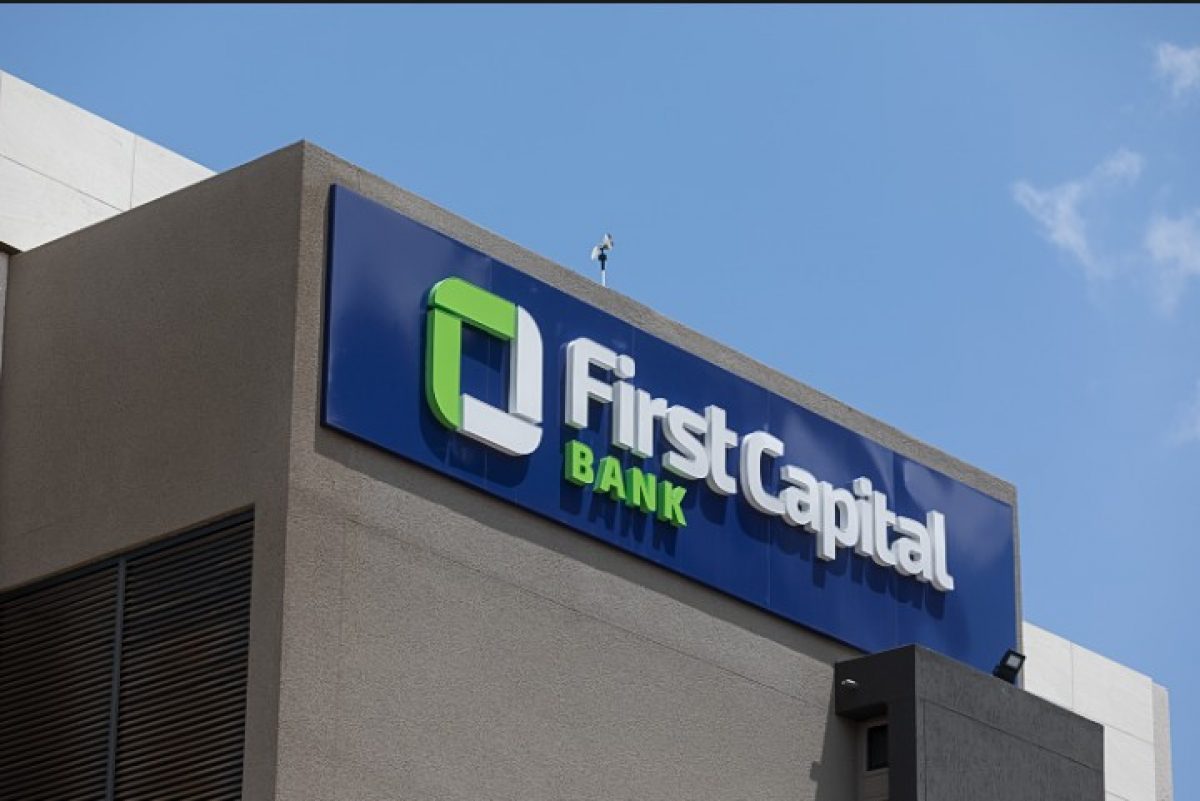FCB loan-to-deposit ratio fluctuates between 60-65pc
First Capital Bank (FCB) Zimbabwe says its loan-to-deposit ratio (LDR) hovers between 60 percent and 65 percent amid persistent loan growth and deposit outflows.
Banks use LDR to manage their risk and to ensure that they have enough cash to meet their obligations to depositors. Regulators also use LDR to monitor the health of the banking system.
A healthy LDR is typically between 70 percent and 90 percent.
FCB’s LDR is slightly above the banking industry average of 55 percent as of the second quarter of 2023.
“I would say it is a range because it fluctuates from every financial reporting period. I would say a range of between 60 percent and 65 percent,” Munyaradzi Kavhu, the bank’s chief operating officer, said.
LDR is used to assess a bank’s liquidity by comparing a bank’s total loans to its total deposits for the same period.
For the six months ended June 30, 2023, the bank’s loans and advances to customers rose 23 percent to US$79,53 million from US$65,97 million. The bank says financing the productive sectors of the economy continues to be a major area of focus for it.
On top of EUR12,5 million in foreign lines of credit from the European Investment Bank (EIB), the bank secured US$20 million through Afreximbank in August this year. FCB recently said appetite for its lines of credit has been encouraging to the extent that it is now in fresh negotiations with the EIB to get another facility to support exporters in the coming year.
Money – Image taken from Pixabay
Total deposits were, however, down 11 percent from US$137,22 million in the comparative period to $122,03 million.
FCB reported a half-year profit after tax of US$4,3 million, which represented a 232 percent rise from the 2022 comparative.
The group’s performance was weighted on by a loss of US$3,8 million stemming from a joint venture investment. Rising income was supported by a 23 percent growth in net fees and commissions to US$11,5 million, which the group attributed to several initiatives to increase US dollar transaction services for customers.
The group also expanded to offer vehicle insurance and licensing services to its customers.
Net interest income increased by 35 percent to US$11,6 million, while other income declined by 14 percent to US$9 million.
FCB’s operations generated a cash flow deficit of US$26,8 million, which saw an overall decline of US$24,5 million in its cash position.
The group noted the negative impact of the sharp devaluation of the local currency on the bank’s US$-US$-denominated core capital, which declined by two percent to US$48 million.
Despite that, the group maintained that its capital adequacy ratio remained strong at 37 percent and its liquidity position remained secure at 49 percent. — Business Weekly











